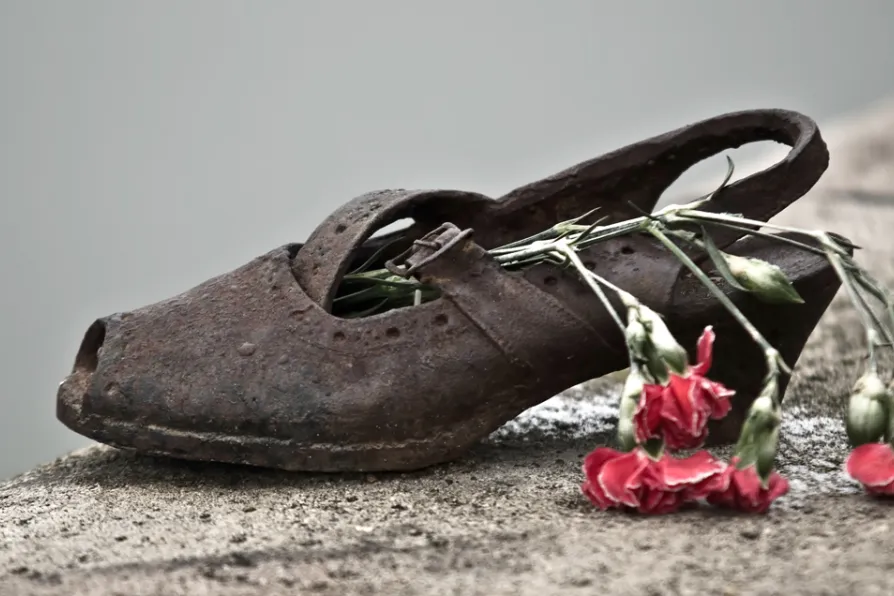RICHARD MURGATROYD enjoys a readable account of the life and meditations of one of the few Roman emperors with a good reputation
Shoes on the Danube
Poignant memorial to Jews murdered in 1945 by Hungarian fascists in Budapest

 [Nikodem Nijaki]
[Nikodem Nijaki]
ON THE eastern bank of the Danube promenade, some 300 metres south of the parliament building in Budapest, there’s a 40-metre-long stretch at the very edge of the river occupied by 60 pairs of shoes.
Cast in iron and covered with a rust patina, some have flowers left in them.
Similar stories

Ben Cowles speaks with IAN ‘TREE’ ROBINSON and ANDY DAVIES, two of the string pullers behind the Manchester Punk Festival, ahead of its 10th year show later this month
Read Sisters, the journal of the National Assembly Of Women, below.

The Morning Star sorts the good eggs from the rotten scoundrels of the year

Two new releases from Burkina Faso and Niger, one from French-based Afro Latin The Bongo Hop, and rare Mexican bootlegs










